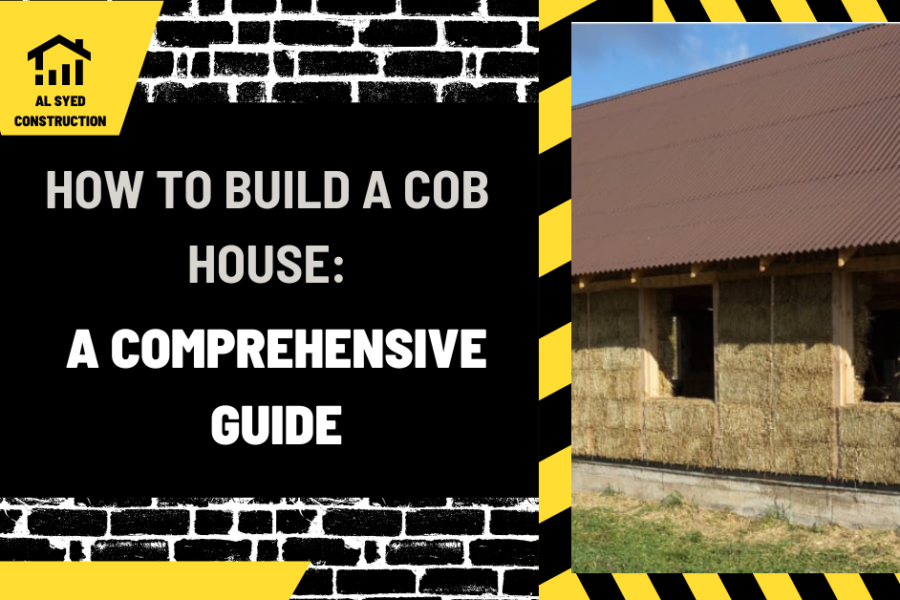How to Build a Cob House: A Comprehensive Guide
Table of Contents
Introduction
In this guide, we will walk you through the process of building a cob house, a sustainable and eco-friendly alternative to conventional housing. Cob building is an ancient technique that uses a mixture of earth, sand, and straw to create durable and energy-efficient structures. By following these steps, you can create a beautiful and environmentally friendly home that will last for generations.
Step 1: Site Selection
Before you begin construction, it is important to carefully select the site for your cob house. Choose a location that is well-drained and not prone to flooding. Ideally, the site should have plenty of sunlight and be situated away from trees or other obstacles that could shade the house.
Step 2: Foundation
The first step in building a cob house is to lay the foundation. Start by digging a trench around the perimeter of the building site. The trench should be approximately 2 feet deep and 2 feet wide. Next, fill the trench with gravel to create a solid base for the foundation. Once the gravel is in place, use wooden forms to create the shape of the foundation walls. Fill the forms with a mixture of cob and let it dry for several days.
Step 3: Walls
After the foundation has dried, it is time to start building the walls of your cob house. Begin by mixing cob – a combination of clay-rich soil, sand, and straw – to create a thick, workable paste. Use this mixture to form the walls of your house, starting at the corners and working your way around the perimeter. Build the walls up layer by layer, allowing each layer to dry before adding the next. As you build, be sure to incorporate windows and doors into the design.
Step 4: Roof
Once the walls are complete, it is time to build the roof of your cob house. There are several options for roofing materials, including thatch, sod, or wooden shingles. Whichever material you choose, make sure that it is installed correctly and securely to provide protection from the elements.
Step 5: Finishing Touches
With the walls and roof in place, it is time to add the finishing touches to your cob house. This may include plastering the walls to create a smooth finish, installing flooring, and adding fixtures and fittings. Be sure to use eco-friendly materials wherever possible to maintain the sustainability of your home.
Conclusion
Building a cob house is a rewarding and environmentally friendly alternative to conventional housing. By following these steps, you can create a beautiful and sustainable home that will stand the test of time. So roll up your sleeves, get your hands dirty, and start building your dream cob house today




